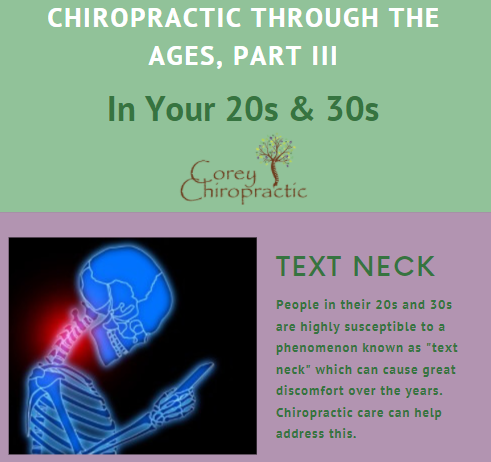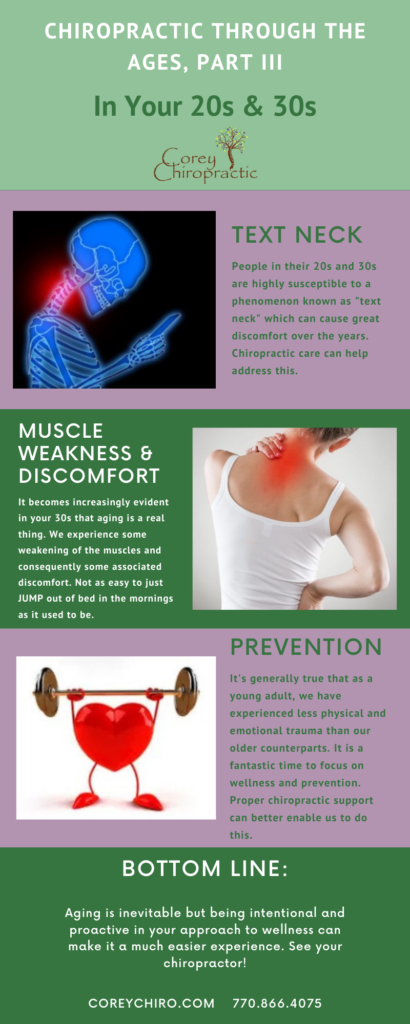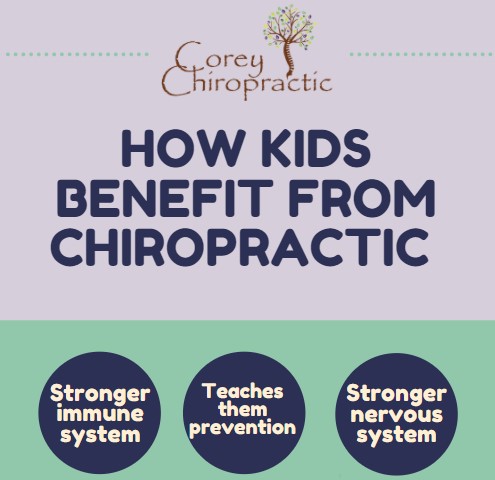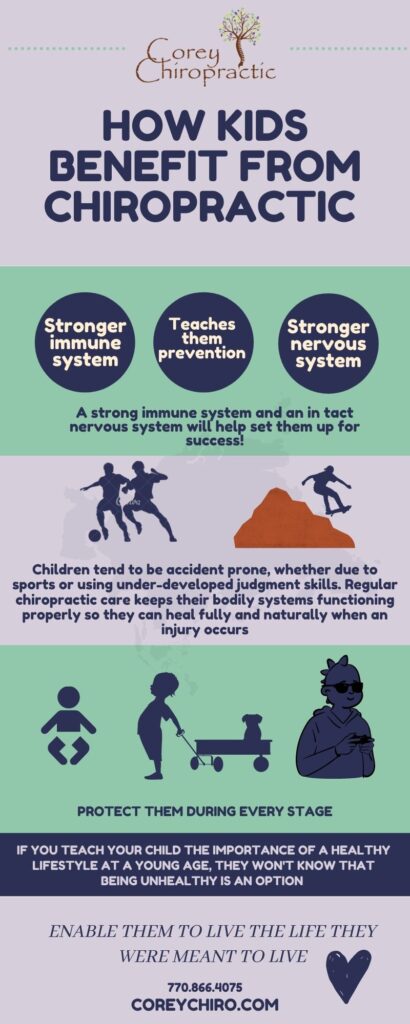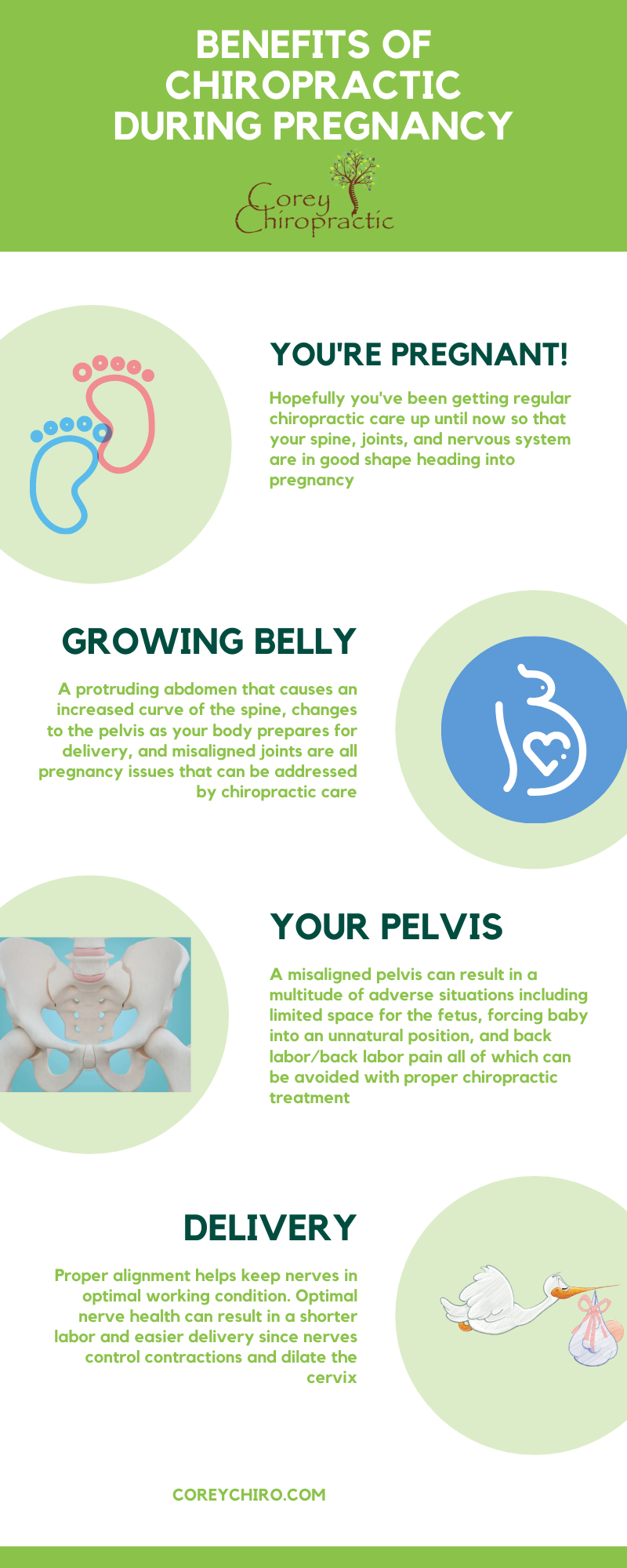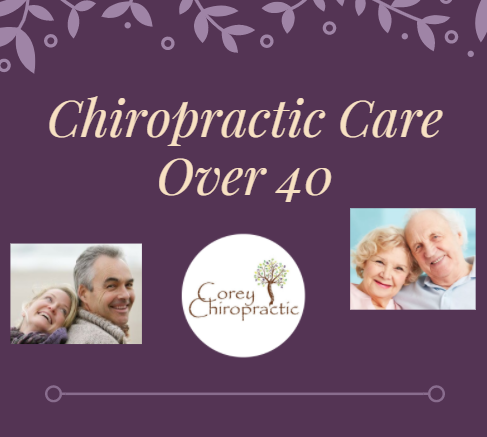
Welcome to the fourth and final part of our blog series, “Chiropractic Through the Ages.” The focus today is on maintaining one’s health over the age of 40. Of course, this statement implies that one is healthy entering his/her 40s. So, let’s assume that you have been living intentionally and being proactive about your health up until this point… practicing clean eating, getting regular exercise, drinking lots of water, sleeping 8+ hours, keeping your nervous and immune system in tiptop shape with proper chiropractic care, etc. If this doesn’t necessarily describe you, pay attention anyway! : )
Let me first mention that the age group most likely to utilize alternative or complementary healthcare is the 40-64 population. In regard to chiropractic care specifically, they are 15% more likely to use it than young adults (aged 18-39) and 20% more likely than seniors (aged 65+). Despite these statistics, chiropractic remains a highly effective approach to treating disorders of the musculoskeletal system and the nervous system, along with the effects of these disorders on general health for ALL age groups. Let’s think of the spine as the central structure around which the rest of the body is built. When the spine is out of alignment, that causes other misalignments, which often translate to discomfort in different areas all throughout the body.
As we saw in our last piece, it is common to experience some weakening of the muscles later in life. It is also fairly common to experience blood pressure, hormonal, and arthritis issues. The nervous system is responsible for translating information from your brain to the rest of your body’s systems and vice versa. So, it’s not surprising that chiropractic care can address many sources of discomfort or dis-ease. A study conducted at the University of Chicago hypertension center is one of many that showed regular chiropractic adjustments can significantly lower high-blood pressure, result in fewer headaches/migraines, and alleviate anxiety. This is because when all the systems of your body are able to communicate efficiently, then everything just works better. When everything works better, the aging process can be a much less intimidating beast.
Now, it goes without saying that healthy hormone levels can play a critical role in health and happiness, particularly for women. “When your body is able to regulate and balance hormones, everything feels better and works more efficiently.” Other studies show that chiropractic care can be quite helpful for hormonal issues that women face throughout various phases of adulthood. It can improve the symptoms of premenstrual syndrome, including the painful cramping known as dysmenorrhea, perimenopause, and even menopause itself. Menopause is a universal female experience that none of us will escape. While some women experience few to no symptoms, most of us do. These include:
- Hot flashes- 75 to 85% of women in the U.S. have reported these sudden feelings of exasperating warmth
- Mood disorders such as anxiety, depression, & irritability
- Exhaustion- an almost constant feeling of tiredness
- Sleep Disorders- more than 60% of women report difficulty sleeping
Most of these are addressable through alternative treatments such as regular chiropractic care. Again, we keep seeing that a body in balance is able to heal itself in ways we might not expect, and this hormonal “realignment” is just another major benefit of chiropractic care for aging adults.
Another challenge that many older adults face at some point in their lives is osteoarthritis. According to Scott Haldeman, MD, a neurologist in Santa Ana, California and Chairman Emeritus of the Research Council for the World Federation of Chiropractic, chiropractic is one of the safest therapies you can use to treat the stiffness and discomfort associated with osteoarthritis. Since this is a dysfunction of the joints, it may respond really well to mobilization. Manipulation is most often performed by chiropractors and usually has positive effects on such conditions. In fact, there are more than 150 techniques that chiropractors use to manually adjust the spine, joints, and muscles with varying degrees of force to obtain desired wellness results in adults. Older adults can also benefit from chiropractic care with a decreased risk of falling due to better balance and stronger joints, disease prevention due to a stronger immune system, and less overall discomfort due to a healthier nervous system.
In summary, it is becoming increasingly more evident that preventive treatments and alternative healthcare can be just as effective and sometimes more effective than traditional medicine for people of all ages. In fact, The American College of Physicians released new evidence-based guidelines in early 2017. It now emphatically supports the use of nonpharmacologic therapies, such as chiropractic and acupuncture, as first-line treatments for neck and low back issues, before resorting to the use of medication or surgery. What are you waiting for??? Give us a call today 😊

References:
https://www.cdc.gov/nchs/data/databriefs/db325-h.pdf
https://www.ncbi.nlm.nih.gov/pmc/articles/PMC3306193/
https://100percentchiropractic.com/5-chiropractic-benefits-to-help-you-heal/
https://www.acatoday.org/News-Publications/Newsroom/Key-Facts/
